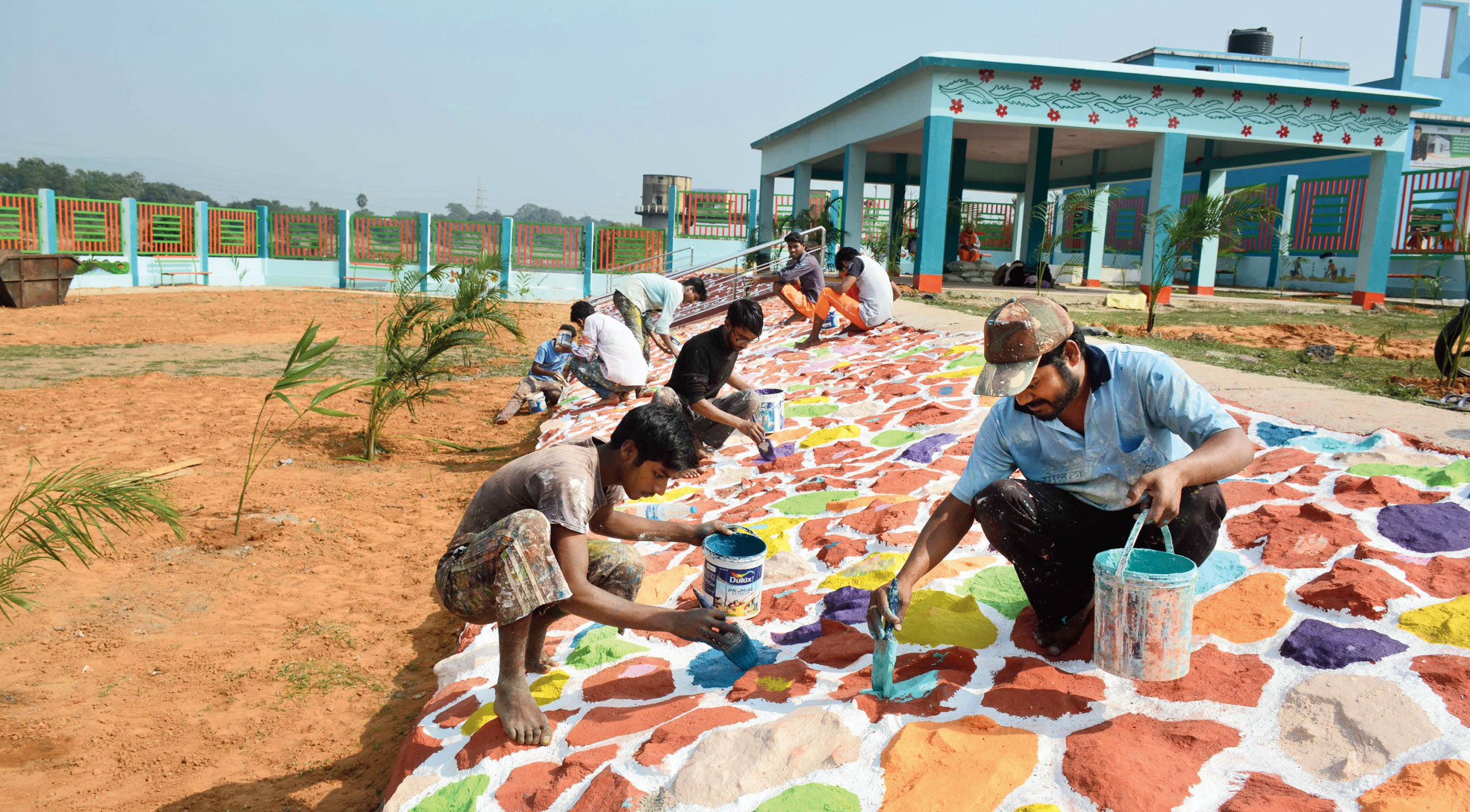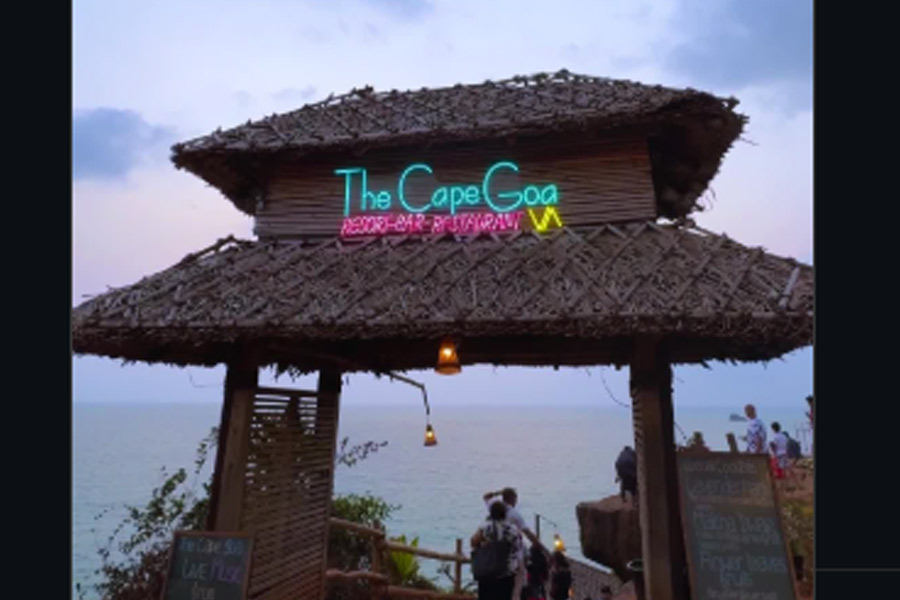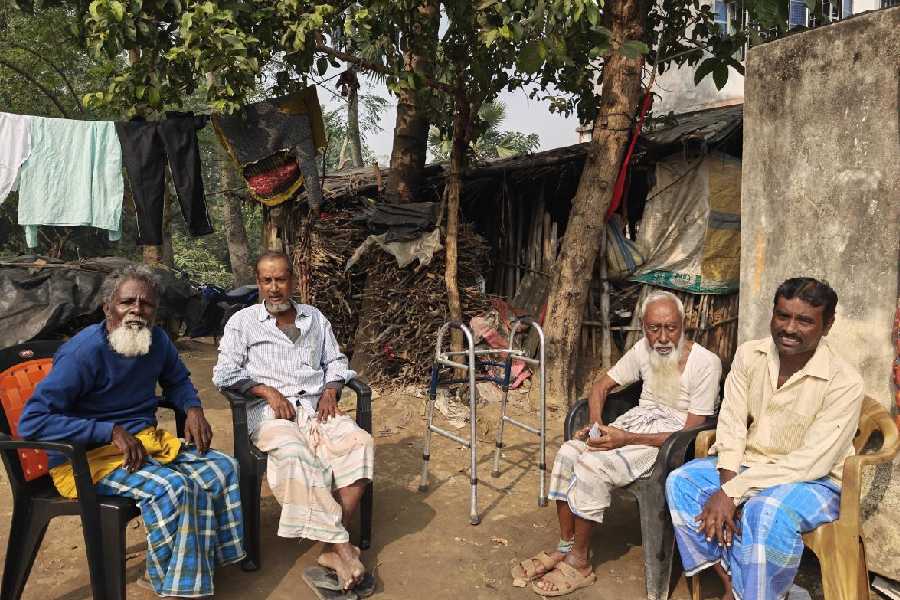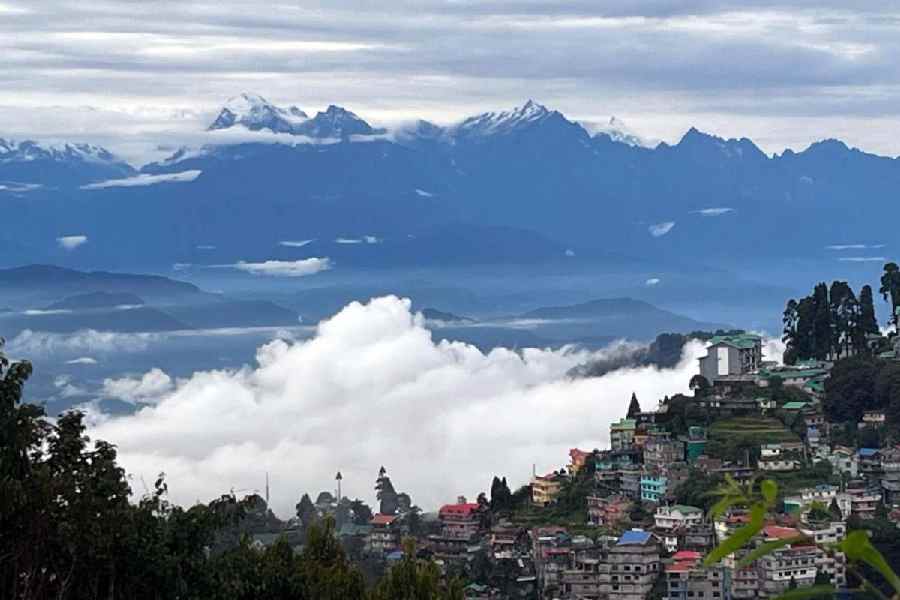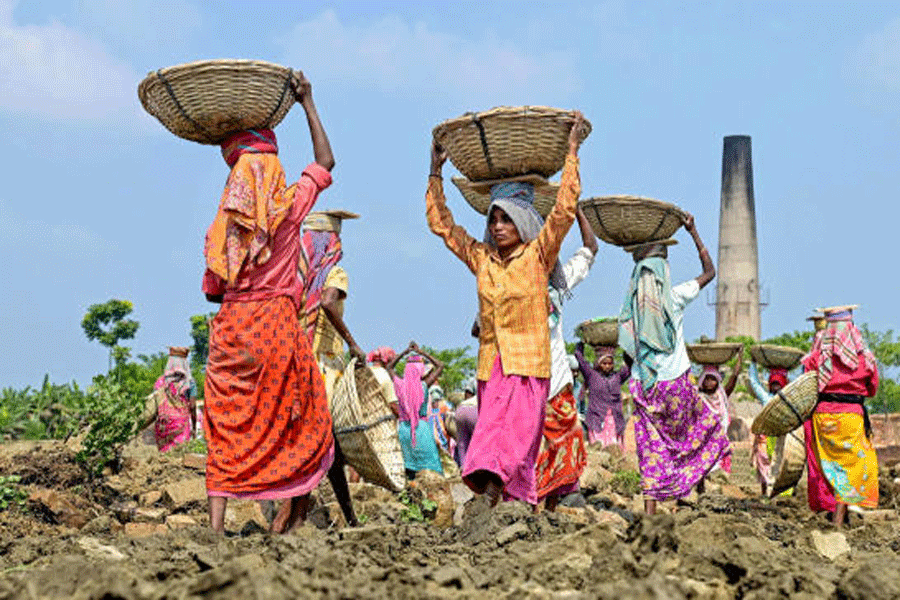State ministers and civic mandarins may be on their toes to ensure safe and secure Chhath festivities in the capital, but what they are doing is perhaps too little and too late.
While most of the 55-odd reservoirs used for rituals here are flaunting spruced up ghats, devoid of leftovers of Durga Puja and Kali Puja, the water remains polluted in the absence of timely treatment even as Chhath began on Sunday.
The RMC plans chlorine remedy only on Tuesday morning, hours before devotees go waist-deep in the water to offer arghya to the setting sun. The timing may not help stem risks that dirty water pose to the human integumentary system.
Experts suggest use of aluminium sulphate, also known as alum, and chlorinated lime or bleaching powder at least a day or two in advance.
Alum reacts with the bicarbonate alkalinities present in water and forms a gelatinous precipitate. This attracts other fine particles and suspended material in water, which settle down at the bottom of a reservoir. The water over this sediment is almost clean.
Bleaching powder, on the other hand, disinfects the water by killing almost 90 per cent of the bacteria.
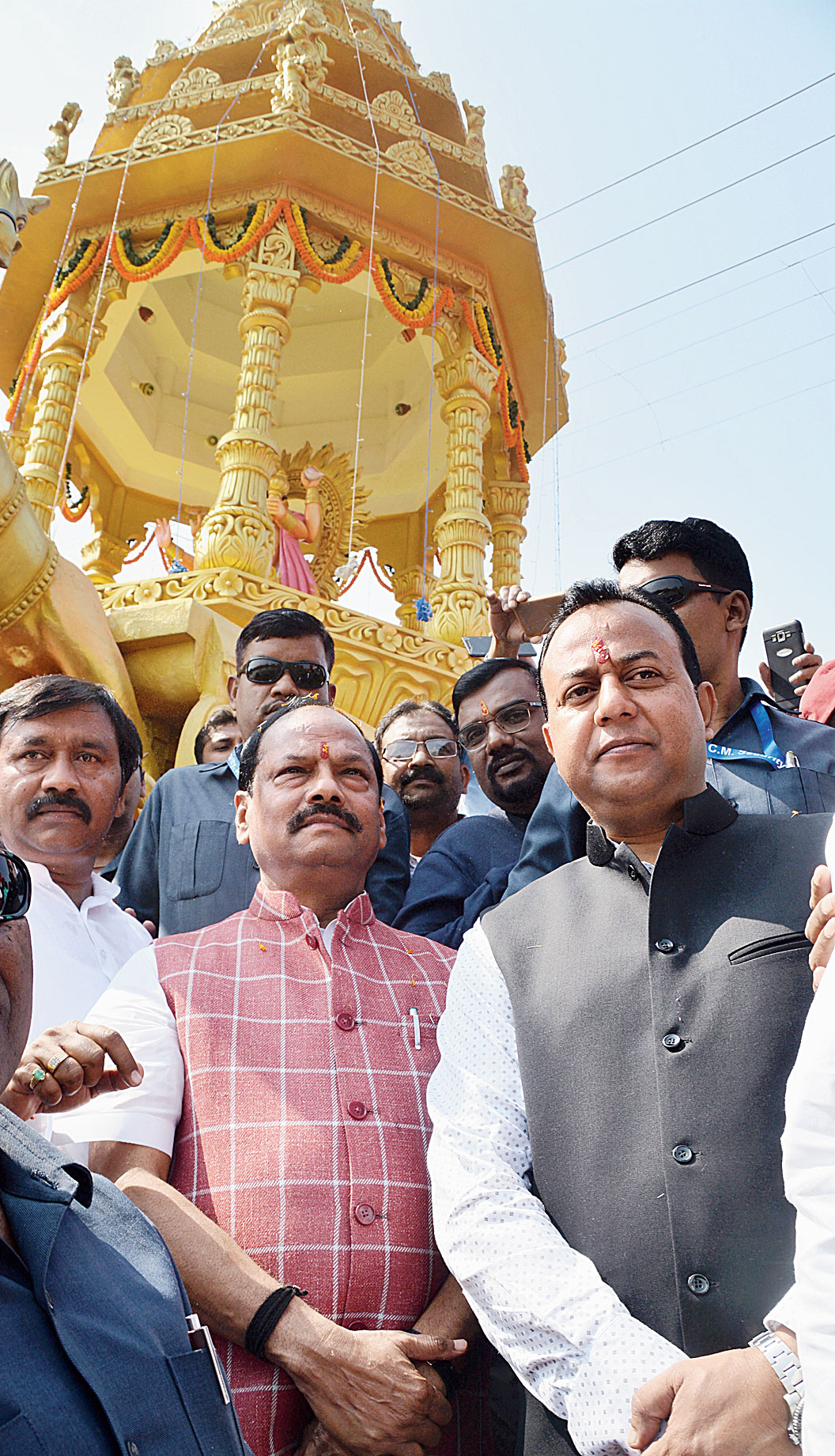
CM Raghubar Das opens the sun temple at Argora pond in Ranchi. (Prashant Mitra)
This correspondent did a reality check at Ranchi Lake, Chadri Talab, Hatania Talab and Kanke Dam on Sunday. Apart from contaminated water, pending illumination at ghats, warty approach roads and no demarcation of danger zones were primary concerns.
The road leading to Hundru pond in Ward 50 are dotted with potholes while the ghats of Subernarekha river in Chutia and Namkum need more sprucing up.
“To stop pollution of Ranchi Lake, we had filed a PIL. Despite HC order, the RMC has not done much to stop draining of dirty water into the lake,” said Rajiv Ranjan Mishra, whose outfit Students’ Federation organises Chhath.
Chadri Talab, which witnesses a footfall of 50,000 devotees, has muddy water, said Babloo Munda of Chadri Sarna Puja Samiti. Their only solace: the water is “not as impure as Ranchi Lake”.
Deputy mayor Sanjeev Vijayvargiya, who held a review meeting with junior engineers and zonal supervisors on Sunday, said survey teams had been formed to submit reports on water quality, lighting, approach roads, et al.
RMC health officer Kiran Kumari claimed approach roads would be levelled by Sunday night. “We are also supplying bleaching powder to Chhath organisers. Generators are on standby for round-the-clock power. NDRF teams will be deployed at major water bodies,” she promised.
Urban development minister C.P. Singh inspected Hatania Talab, Jail Talab, Chadri Talab, Madhukam Talab, Ranchi Lake and Sarobarnagar Talab. “I found cleaning work satisfactory. I have instructed RMC to continue the drive till the festival is over,” he said.
Sudhir Kumar Sharma, a resident of Chutia who has been campaigning for a clean Subernarekha, refused to buy the promises and assertions.
“The river water is dark and smelly. Subernarekha has been turned into a drain over the years. Knee-jerk action ahead of Chhath is no solution. If the river and other reservoirs are not maintained round the year, people will stop visiting their ghats for rituals soon,” he warned.

